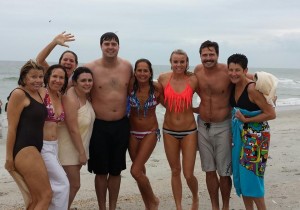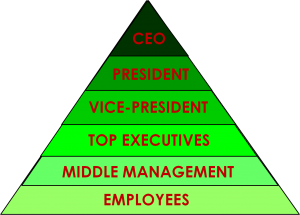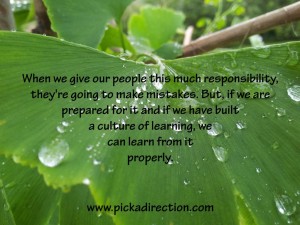Was it Comfortable?
Yesterday, January 1st, 2014, I willingly jumped into the Atlantic Ocean with nothing on but a pair of baggies. The water was 55 degrees and the air was about 4 degrees warmer. Although this sounds like downright stupidity, the Polar Plunge is a fun and exciting way to start the new year!
Everyone gathers early on New Years Day and strips down to their summer swimwear for a brief dip in the ocean. These plunges are held all over the world and are sometimes associated with fundraisers. Many people refer to it as a nice “cleanse” going into a new year, signifying a fresh start… a VERY fresh start.
Although this is not technically something new for me, I am counting this as getting out of my comfort zone. If you’ve ever sat in an ice bath, had to wear a wetsuit while surfing, or done a polar plunge yourself, you know how UNcomfortable 55 degree water is!
Tradition
My Mom has been doing this for 10+ years on and off and she is no doubt the reason I have picked up the tradition as well. Each year on New Year’s Day she sets out (sometimes twice) to plunge into the chilly waters with hundreds of other folks in her community. A few years back she asked my brother and me to do it with her and some of her friends.
Now, each year she has anywhere from 4 to 10 people that she has somehow convinced to jump into the ocean with her. It’s become a tradition. It doesn’t matter if the water is 70 or if it’s in the 50’s, she’s showing up to plunge. In December as everyone is making Christmas and New Year’s plans, my Mom is making Polar Plunge plans and gathering the troops for the annual dip.
When everyone gathers we talk about how cold it looks, when it was the coldest, when so-and-so joined us, and what it was like last year. We gather and we bond over an experience, we create memories together. We laugh and smile and put a little Kahlua in our coffee to keep us warm. Nobody gets paid off of this, nobody is forcing anyone to show up, it’s just plain fun and one last excuse to spend time with friends and family before the holiday season is officially finished.
Application
In our businesses, we should have similar company traditions. They don’t necessarily need to involve 50 degree salt water, but they should be events that are held to bring people together. Some companies do a Christmas party, some have a summer picnic, others do an annual retreat. The point is to bring people together around something that is not work focused to encourage fellowship amongst the team.
When we incorporate seemingly ‘silly’ traditions such as this, we are strengthening the fabric of our company culture. When Mom tells everyone she’s doing it and she’d love to have them join, some people grimace and walk-away. That’s fine, it doesn’t bother her. Other people beam and they’d love to join! The ones that will be there smiling are the ones that will tell the naysayers how much fun it was. Many of the naysayers will be at the front of the line next year, nobody wants to miss a good time.
Company traditions can be the same way: some people will hate them, some will love them. But in the end, if we never put them on consistently,we never have the opportunity to build traditions. If we don’t put effort into building events that help shape culture, a culture will take on it’s own form and it may not be what we want. Company culture is something that should be planned out, traditions are one way to help us do this.
—
What kind of traditions (company traditions or other) do you have? Where do you have the opportunity to incorporate one?
Leave a comment below or chat with me on Twitter!
Happy New Year! Make 2014 the best one yet!






